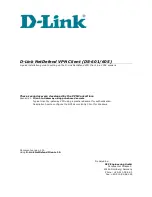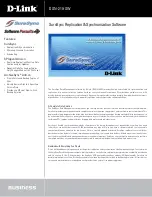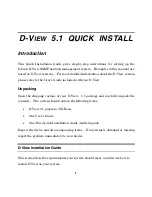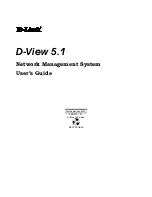
Chapter 5 Volume Management
5.2 Functions in the Action Area for Volume
ETERNUS Web GUI User’s Guide
95
Copyright 2011 FUJITSU LIMITED
P2X0-1090-02ENZ0
5.2.13
Encrypt Volume
This function encrypts existing volumes.
The procedure to encrypt a volume is as follows:
Procedure
1
Select the volume to be encrypted (multiple selections can be made) and click
[Encrypt Volume] in [Action].
→
A confirmation screen appears.
•
When using this function, enable the encryption mode. Refer to
"11.2.9.5 Setup Encryption Mode" (page 585)
for details.
•
This function is used to prevent data leakage due to removal of disks,
and cannot prevent data leakage caused by server access.
•
Encrypted volumes cannot be changed to non-encrypted volumes.
•
Standard volumes or SDVs can be encrypted.
•
Canceling volume encryption is not possible.
•
This function cannot be used under the following conditions:
-
When a RAID group diagnosis is being performed
-
When a disk diagnosis is being performed
-
When firmware is being switched in hot mode
-
When disk firmware is being applied
-
When the status of the ETERNUS DX Disk storage system is not
"Normal"
•
The following volumes cannot be encrypted:
-
Volumes without "Available" status
-
Volumes undergoing RAID migration
-
Volumes undergoing encryption
-
Volumes undergoing formatting or LUN Concatenation
-
Volumes registered in a RAID group undergoing LDE
-
Volumes in which the drives that configure the RAID group are
undergoing rebuild, copyback, or redundant copy
•
The following performance may be degraded for encrypted volumes
compared with non-encrypted volumes:
-
Access to the encrypted volumes
-
Copy transfer of encrypted volumes
•
Up to 32 volumes can be encrypted at the same time. Note that if con-
catenated volumes are selected, the maximum number of volumes that
can be encrypted is less than 32.
TPVs cannot be encrypted with this function. TPVs that are created in an
encrypted TPP are encrypted.
















































